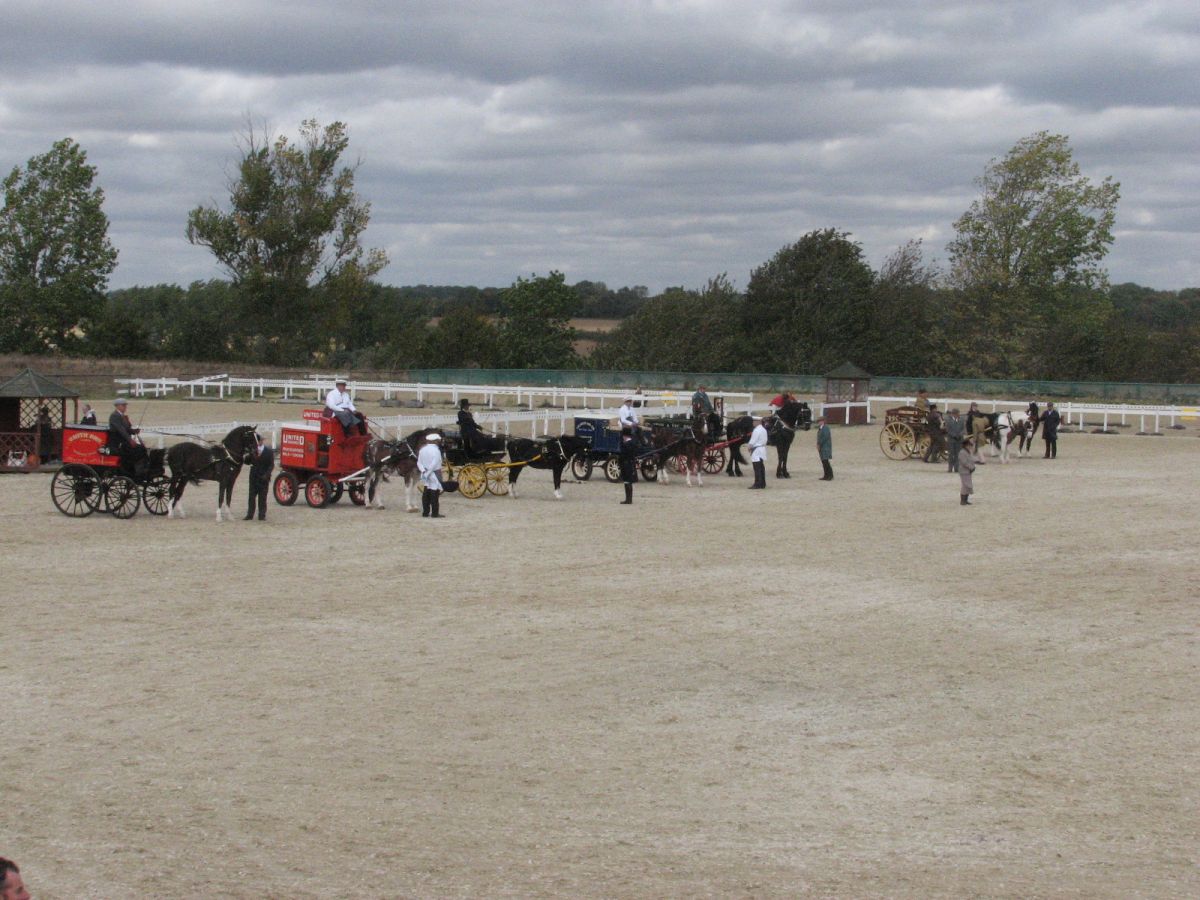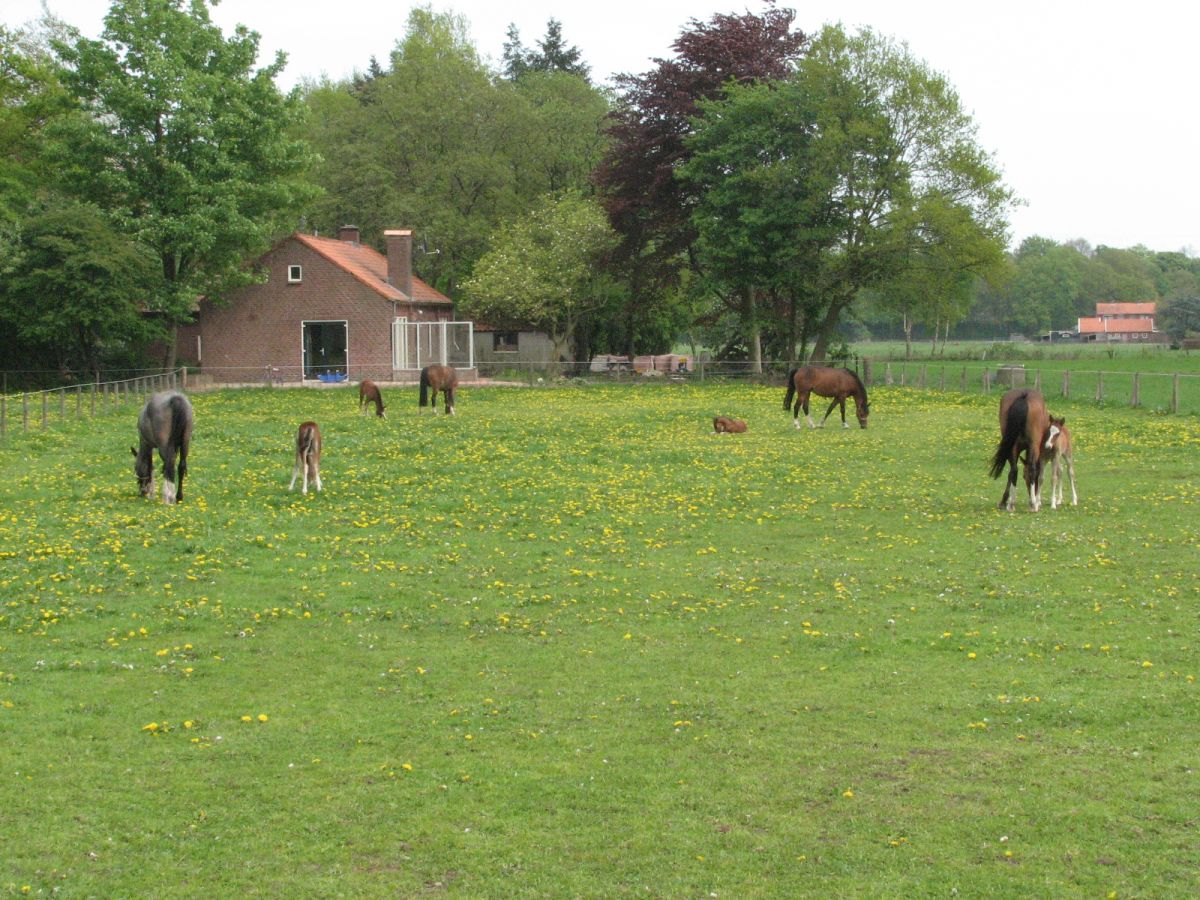-

"Powered by the best blood lines."
-

"Powered by the best blood lines."
-

"Powered by the best blood lines."
-

"Powered by the best blood lines."
-

"Powered by the best blood lines."
-

"Powered by the best blood lines."
-

"Powered by the best blood lines."
-

"Powered by the best blood lines."
-

"Powered by the best blood lines."
-

"Powered by the best blood lines."
Hackney in the Netherlands
Around 1900 the first Hackneys came to the Netherlands. Because of their elegant appearance, the horses were soon purchased as a team for the luxury equipage in large towns and at the country estates which were prevalent in those days. At that time, the possessing of a Hackney gave the owner a certain social status. Baron van Voorst tot Voorst from Elden was one of the first and main Hackney owners in our country. Among other horses, he put the large sized Hackney studs Hockwold Cadet and Gay Boy up for service, which were not only used for Hackney breeding, but also for the upgrading of the Dutch blood horse.
After World War 1, when motorized transport appeared and the railways took over the carriage of passengers, the interest in the luxury equipage horses went down. After World War II, the interest in the Hackney went up again, mainly due to the possibility of keeping the horses for leisure and sports activities.
Already during the first half of the twentieth century, the first show categories for Hackneys took place in the Netherlands. Well-known stables at this time were ,for instance, Velstra, Rijks, Daniëls, Broekman and Finkers.
At present, there is one prospering breeding farm, one of the largest in Europe, which exports to various countries. The thoroughbred is bred in two sizes, the large size and the small size. Most interest is shown in the latter. In the breeding farm, both sizes are kept strictly separate. Just as in the past, in particular the large sized Hackney, is presently used to improve other breeds. In the past this chiefly involved the speed and endurance characteristics, so that better hunters and coach-horses were obtained. Nowadays, the focus is on the elevated gaits and the high-bred type for the upgrading of other breeds. For instance, this is illustrated by the influence of Hackney breeding on the Dutch Harness Horse.



